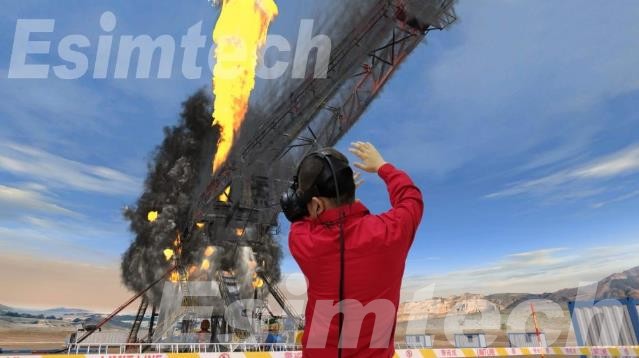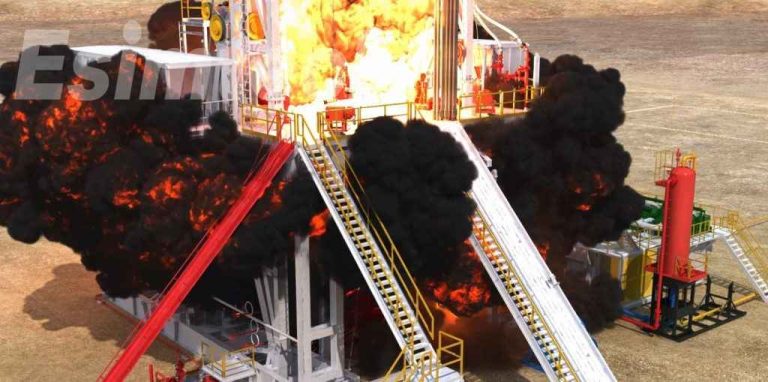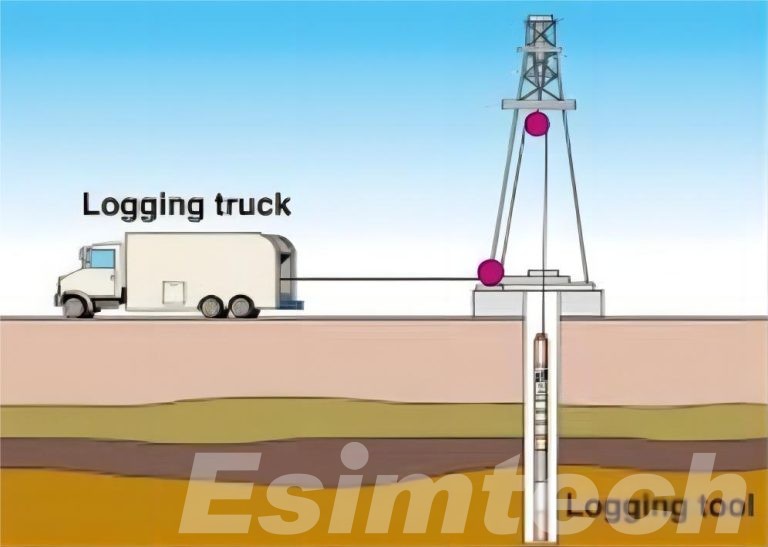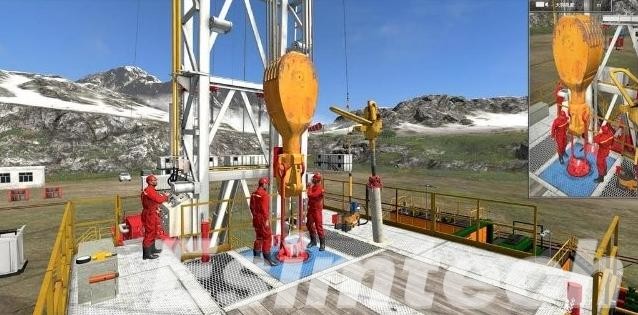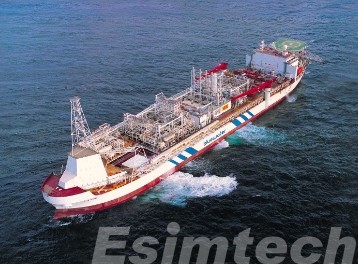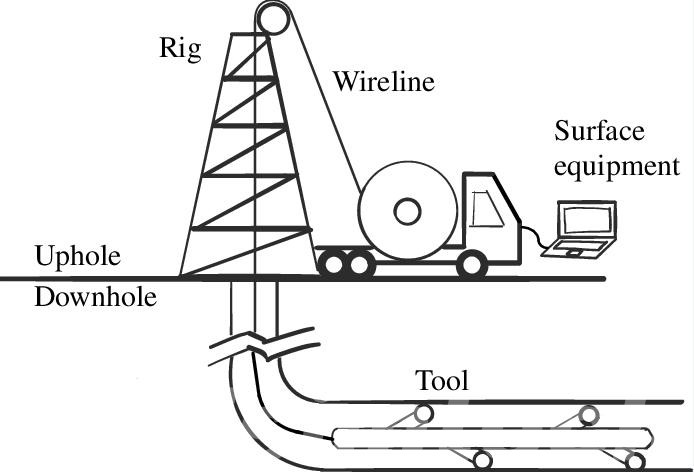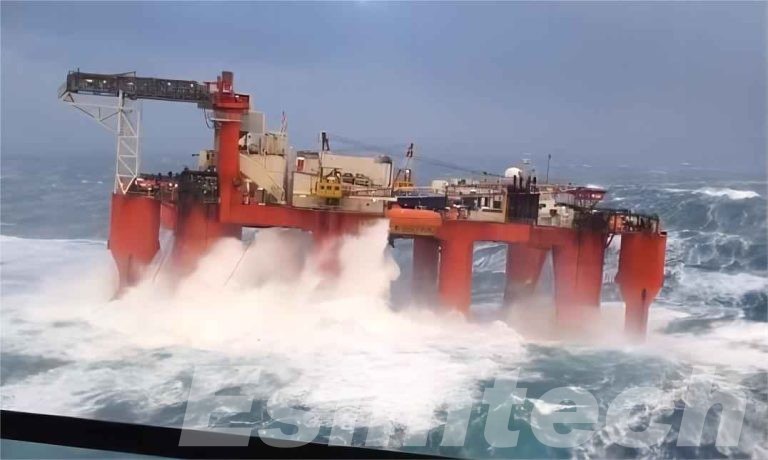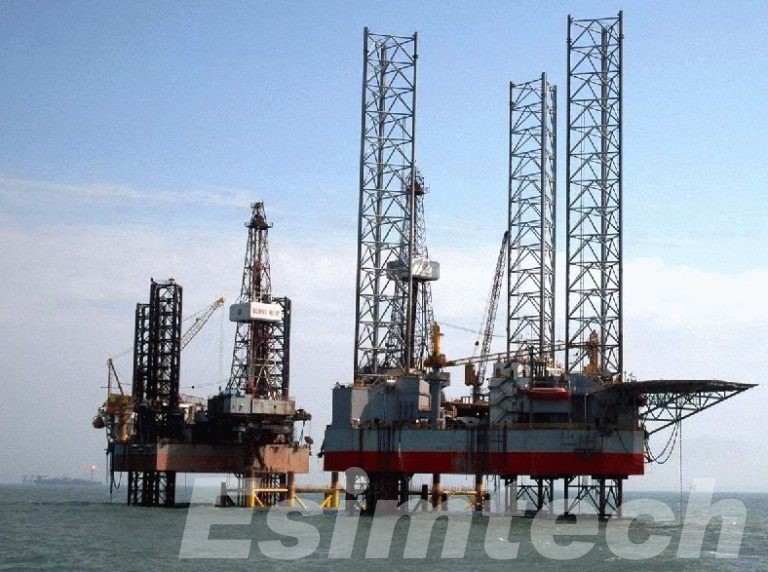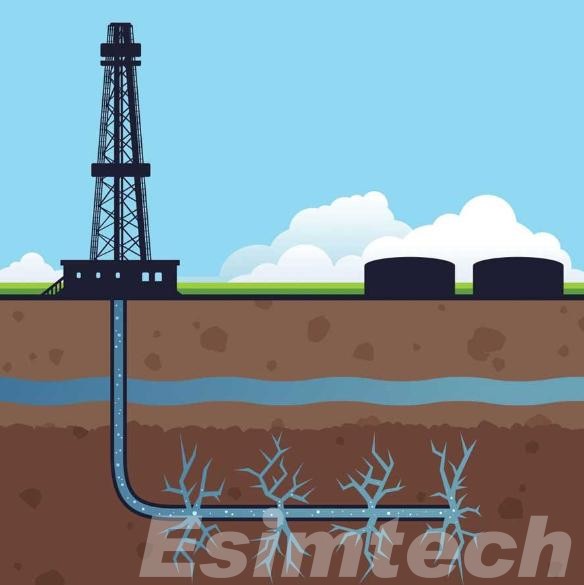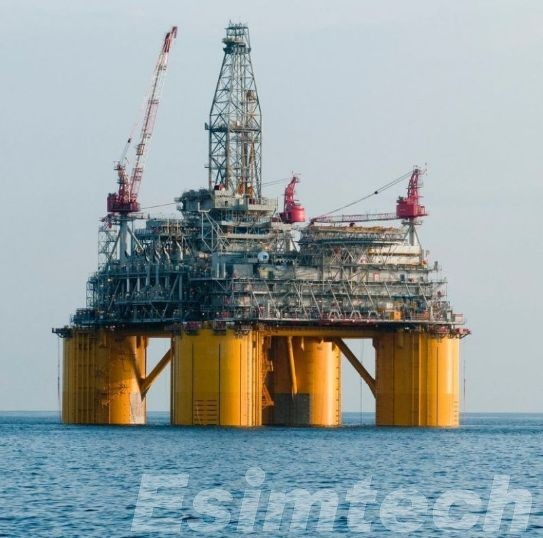What are the Challenges of Oil and Gas Drilling in Harsh Environments
Oil and gas drilling in harsh environments, such as extreme temperatures, high pressures, and remote areas, provides a slew of challenges that necessitate creative solutions. In this article, we will delve into the obstacles faced by the oil and gas industry in harsh environments, exploring the technological advancements that have paved the way for successful…

